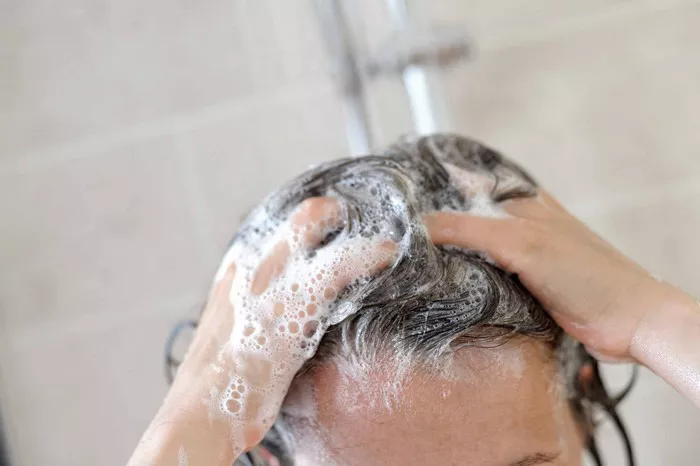A seemingly healthy seven-year-old girl found herself in the school nurse’s office due to a concerning issue raised by her teacher. The teacher had observed the young girl incessantly scratching her scalp and noticed the presence of white material in her hair. Concerned about the potential implications, the school nurse promptly contacted the child’s parent, urging them to pick her up for an evaluation by her primary care provider, a necessary step before her return to school.
Upon examination at the primary care provider’s office, white debris was unmistakably present in the girl’s hair. In light of this finding, a hair sample was carefully extracted and scrutinized under a microscope, revealing an entity seemingly attached to the hair shaft.
The diagnosis was clear: Pediculus humanus capitis, commonly known as the head louse. This parasitic infestation is a prevalent issue affecting both children and adults. Typically, diagnosis hinges on visual cues, either by spotting the louse itself crawling on the scalp or by identifying the characteristic eggs, commonly referred to as nits, attached to a hair shaft. These nits may either be empty shells or contain live nymphs. Notably, the nymphs can often be observed moving inside the egg if they are still viable. Treatment for head lice infestations typically involves the application of a topical pyrethroid, as outlined in a recent Pediatrics report, which also provides comprehensive guidance on the recommended steps for managing the condition.
It’s worth noting that certain conditions can mimic nits, including seborrheic dermatitis, dandruff, and white piedra. White piedra, for instance, is caused by yeast cells from the Trichosporon genus, which attach to the hair shaft at the scalp, resulting in characteristic white lesions along the hair shaft as it grows.
Meanwhile, another condition, known as black piedra, is caused by the fungus Piedraia hortae and results in dark nodular lesions on the hair shaft, similar to white piedra but caused by a different fungal species.
Dandruff and seborrheic dermatitis, while distinct from head lice infestations, share a place on the spectrum of scalp disorders. Dandruff, typically arising around puberty, responds well to medicated shampoos containing selenium sulfide or ketoconazole, making them an effective solution for these conditions.
Furthermore, the article briefly mentions the chigger mite (Eutrombicula alfreddugesi) and the scabies mite (Sarcoptes scabiei var. hominis). The chigger mite, unlike the scabies mite, does not burrow into the skin. It bites and then detaches, leaving behind intensely itchy bumps. In children, chigger bites, often near the groin area, can lead to temporary but benign swelling. The scabies mite’s bites can manifest as papulopustular lesions, and in children, they may appear in a generalized distribution.


